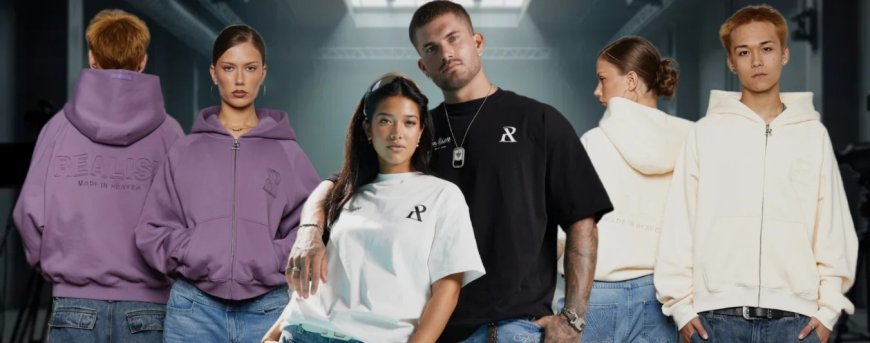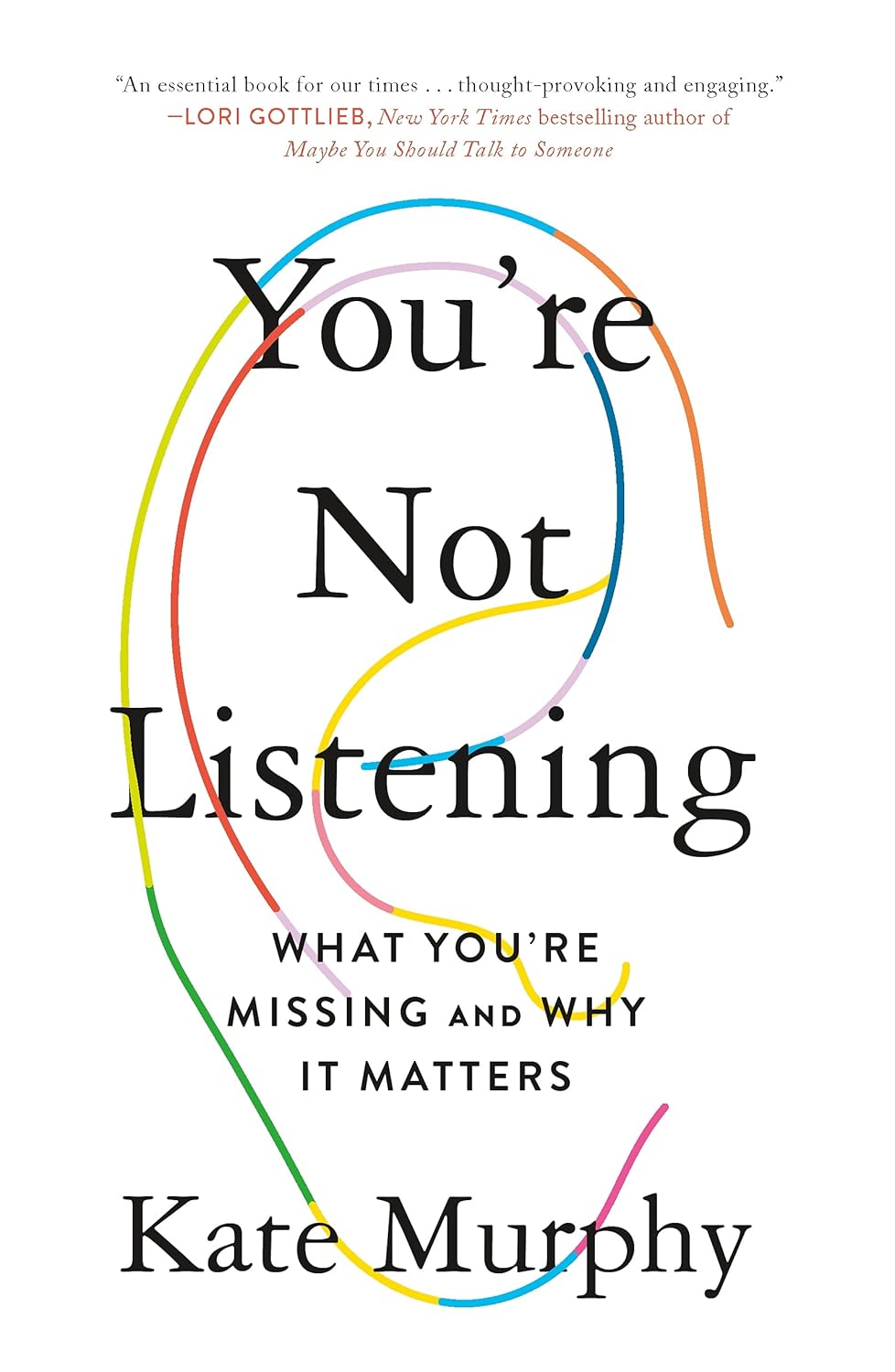Realism Clothing: A Detailed Exploration of Style Rooted in Authenticity
Elevate your style with Realism Clothing—where modern design meets everyday comfort. Authentic, bold, and made for those who wear their truth.

In the ever-evolving world of fashion, trends often rise and fall with the seasons. From maximalism to streetwear, avant-garde to minimalism, the spectrum of style is vast and ever-changing. Amid these transitions, one concept has emerged with quiet strength and profound impact: Realism Clothing. Not merely a fashion trend but a movement, Realism Clothing emphasizes authenticity, functionality, and a grounded approach to style that mirrors everyday life. It is the sartorial embodiment of honesty—where what you wear is a reflection of who you are and how you live.
What is Realism Clothing?
Realism Clothing is a design philosophy and fashion movement that prioritizes practicality, simplicity, and truthfulness in attire. Inspired by the broader artistic and cultural tradition of realism—which focuses on representing life as it truly is—this clothing style shuns fantasy, excess, and superficiality. In place of loud prints, flamboyant silhouettes, or impractical garments, Realism Clothing opts for clean lines, neutral palettes, durable fabrics, and wearable pieces that reflect the real, lived experiences of people.
The essence of Realism Clothing lies in its unfiltered presentation of daily life. Much like realist art or literature seeks to depict the world without embellishment, Realism Clothing aims to dress the body in a way that feels uncontrived, relevant, and grounded in reality.
Historical and Philosophical Origins
The roots of Realism Clothing can be traced back to various moments in history when society craved truth over fantasy. In the mid-19th century, Realism in art and literature arose as a response to romanticism’s idealism. Writers like Gustave Flaubert and artists like Gustave Courbet sought to present the world and its people without illusion.
In fashion, a similar sentiment emerged at different points. For example, during the Great Depression and post-World War periods, functionality and utility became central to design. People wore what they could afford and what would last. These eras were less about making a statement and more about making things work—a concept that resonates deeply with the ideals of Realism Clothing today.
Key Characteristics of Realism Clothing
Realism Clothing can be identified through several key traits that differentiate it from more theatrical or idealized forms of fashion:
-
Function Over Form
The garments serve a purpose. Pockets are not decorative—they’re usable. Jackets are not just stylish—they are warm. Realism Clothing values pieces that make sense in real-life contexts. -
Neutral Color Palettes
Earth tones, greys, navy blues, whites, and blacks dominate. These colors are not chosen to shock or awe but to harmonize with natural surroundings and reflect subtlety. -
Quality Fabrics and Construction
Realism Clothing values longevity. Cotton, wool, denim, linen, and other natural or sustainable fabrics are favored. The stitching is clean, the fits are comfortable, and the pieces are made to last. -
Seasonal and Geographic Awareness
Unlike fashion that often ignores climate for style, Realism Clothing considers location, weather, and utility. It embraces layering, waterproofing, and other practical design elements. -
Minimal Branding
Logos, slogans, or overt designer labels are downplayed or absent. The focus is on the clothing itself, not the brand name. -
Cultural and Social Reflection
Realism Clothing reflects the lifestyles of everyday people: workers, students, commuters, parents. It’s clothing for living, not for the runway.
The Cultural Significance
The growing popularity of Realism hoodie can be seen as a cultural reaction to an era saturated with hyper-stylization, digital manipulation, and fast fashion. In a world of Instagram filters and curated personas, Realism Clothing offers something rare: honesty.
It challenges the notion that fashion must always be performative or luxurious. Instead, it celebrates the quiet dignity in simplicity. It speaks to a generation that values sustainability, transparency, and authenticity. Realism Clothing is not about chasing the next big thing—it’s about owning the now.
Additionally, it aligns well with the “slow fashion” movement. In a time when environmental concerns are front and center, Realism Clothing’s emphasis on durability and ethical production serves as both a personal and ecological choice.
Realism Clothing in Contemporary Fashion
Many contemporary brands and designers are embracing elements of realism in their collections. Brands like Everlane, Uniqlo, COS, and Arket have built their identities on offering well-made, versatile, and affordable clothing. Their design philosophies prioritize clear aesthetics, neutral tones, and honest communication about sourcing and labor practices.
Luxury designers too, such as The Row, Lemaire, and Margaret Howell, often incorporate realism principles—opting for subtle elegance over grandiosity.
Moreover, fashion editorials and street style photography are increasingly celebrating "normal" clothing worn in context. Instead of highlighting over-styled, fantastical looks, there's growing attention on how real people dress for work, leisure, or routine life.
Realism Clothing and Identity
Realism Jumper is not merely a style—it’s a personal philosophy. It asks the wearer to reject performance and instead embrace presence. In doing so, it fosters a deeper connection between clothing and identity. It’s not about impressing others but about being true to oneself.
This mindset empowers individuals to redefine beauty and style on their own terms. A simple white shirt, a well-fitting pair of jeans, or a functional overcoat becomes a statement—not of wealth or status, but of integrity and self-respect.
Conclusion
Realism Clothing is a powerful response to an age of spectacle. It brings fashion back to its roots—where clothing is made to serve, protect, and express the human experience. Grounded in truth, utility, and longevity, this movement invites us to rethink what it means to dress well.



































































![https //g.co/recover for help [1-866-719-1006]](https://newsquo.com/uploads/images/202506/image_430x256_684949454da3e.jpg)
























![How Smart PMs Scale Their Careers in Any Org [TPG Live Recap]](https://tpgblog.com/wp-content/uploads/2025/06/2025-06-12-thumbnail-action.png?#)

















































